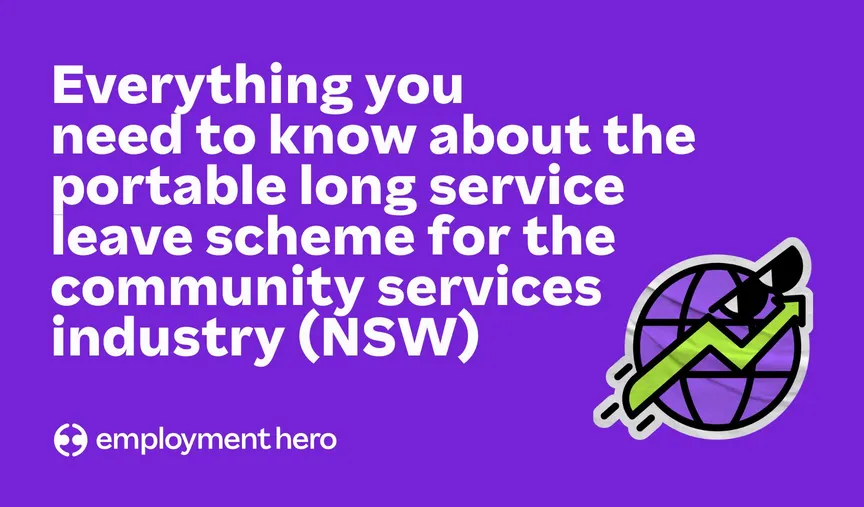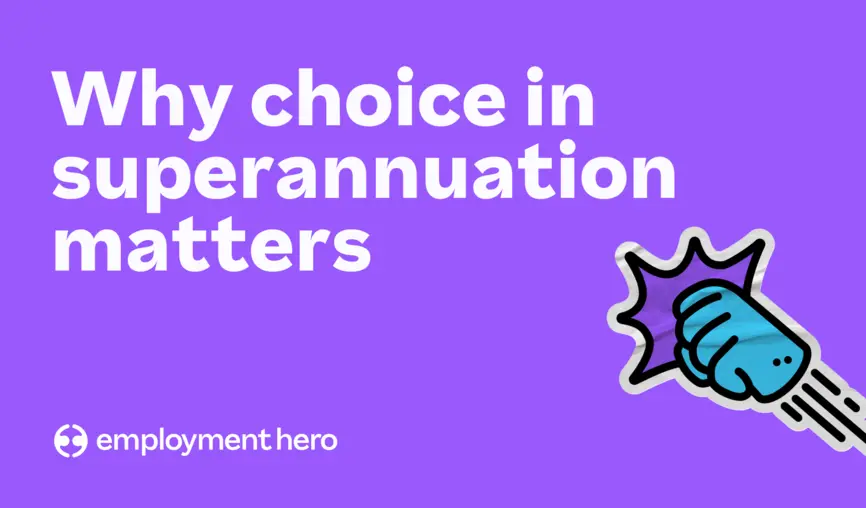What is a Customer Net Promoter Score and Why Does it Matter?
Do you want to know what your customers really think about your business? Then take the time to set up an NPS today. Here’s how!

Contents
Every business wants to be the go-to brand that gets customers talking positively and coming back for more. To make this dream a reality for your business, it’s essential to focus on providing an outstanding customer experience.
The trick is to work out what this means for your customers. What do they need from your product or service? What do they want? Are their expectations being met? And the big one…what can you do to make them go “wow”?
Introducing the Net Promoter Score (NPS) – a simple way to find out what your customers really think of your business. Like any good acronym, it sounds fancy and technical, but don’t let that scare you.
Setting up your Net Promoter Score is relatively easy and can be of great value when it comes to keeping your customers happy and loyal.
Let’s find out how it works and why it matters.
What is customer NPS?
After looking at traditional customer survey questions, Bain & Company decided that measuring customer loyalty was a better indicator of customer behaviour than churn.
So, in 2003, they developed the Net Promoter Score as a simple way to measure a customer’s loyalty to a business based on one simple question: “How likely are you to recommend us to a friend or colleague?”
With this straightforward question, you can determine a customer’s satisfaction with your product or service and their loyalty to your business.
Perhaps more importantly, you’ve got the information you need straight from your customer’s mouth that can help you build a contented customer base and shape your business for the future.
How does the customer Net Promoter Score work?
Part one – NPS survey question
The survey question comes in two parts. First up is the question itself, which gives you a standardised quantitative rating that allows you to divide your customers up into sections.
NPS uses a scale of 0-10. Customers are defined on their score and are categorised as:
- detractors – score 0-6
- passives – score 7-8
- promoters – score 9-10
Promoters: This is the customer type you’d love to have. They are willing to recommend your business, products or services without being asked—they do your marketing for you.
Passives: A passive usually likes your product or service but may have had an issue somewhere along the line. Your brand might come up in conversation, but they’re not likely to go out on a limb for you.
Detractors: These are the customers that are going to make things hard for you. They may actively encourage people to avoid your business. Eek. Unfortunately, the customer with something negative to say often speaks louder than those who think positively of you. But don’t be disheartened.
This group presents a valuable opportunity for you to learn where you could do things better.
Part two – Open-ended feedback
The second part of the survey allows for unstructured feedback, where you ask the customer to give you more context around their initial response to the question. It’s free form, so you’re more likely to get an unbiased, honest answer than when a customer has to respond to more specific, pointed questions.
Take the opportunity to follow up with customers if you want to clarify any of their feedback, address any poor service issues and keep your relationship strong.
You can send your survey to customers in any number of ways;
- An automatic response email after your customer gets in touch with you
- An SMS to customers (who’ve said they’re happy to be contacted that way)
- For more detail, try a phone call or a face to face catch up
Some businesses use a tailored NPS platform to distribute the survey and track the results for you.
Work out your Customer Net Promoter Score
Once you’ve got your customer ratings, you can work out your NPS score. This is your overall customer experience score and is measured from -100 to 100. Stay with us; it’s a simple calculation, we promise.
Your NPS score is the percentage of promoters from your initial question minus the percentage of detractors.
Here’s an example: 75 (your % of promoters) – 17 (your % of detractors) = 58.
Why is this score important, and how can it help you improve your customers’ impression of your business?
Let’s look at the feedback gathered in the second part of the survey.
Find gold in the feedback
The good thing about having a simple score means it’s easy to track your customer loyalty over time and see if you’re improving. The best value from the NPS however, is in the feedback section.
This is where you can dive into the details of your customer experience and plan crucial changes to improve your score and your business.
As we touched on above, the feedback section of an NPS survey is unstructured and open-ended. The customer can say what they want rather than be constrained by your questions. Their voice can really come through and allow you to uncover hidden gems in your service or issues that need to be addressed.
Things like customers commenting on how easy your search function is or that they found it difficult to book delivery. Handing the mic over to your customer is an effective way to draw out how your business is going from their perspective and use that information to drive positive change.
You might also find that customers who would never usually get in touch are happy to give you feedback in this simple way.
Track, measure and improve customer satisfaction
Once your customer NPS (net promoter survey) survey system is up and running, you’ll be able to keep a continuous focus on customer experience and product or service improvement and exceed those KPIs. You can also track trends and respond to issues immediately.
Identifying customers who are likely to move away from your business (your detractors) is super valuable. Unsatisfied customers might grumble at the idea of completing a long survey, but the NPS survey is relatively quick and easy, so they’re more likely to get involved.
With the ability to respond quickly and see if your changes are making a difference, you can home in on improving a particular aspect of your customer experience.
You might want to ask your promoters to participate in a case study for your website or give you a testimonial, like this example from Employment Hero. This is how you can show your prospects precisely what a positive customer experience with your company looks like.
You can also use your NPS to help your employees perform at a higher level.
Include NPS results in employee learning and development so they too can better understand your customer’s needs and wants. Get your team involved in suggesting how best to respond to customer feedback.
You might amend your process to better meet customer expectations or sales messaging might be tweaked to respond to specific customer requests.
Take your customer experience to a new level with a Net Promoter Score
Customer Net Promoter Score is perfect for businesses of any size in any industry. Whether you’re delivering goods ordered on your website, managing a production line or selling software, NPS gives you a simple way to connect with and understand your customers and respond to their needs.
It’s not set and forget though – take the time to analyse the responses. The real value of the NPS is in its simplicity. Still, it’s essential to dig into the feedback and take action to improve your weaknesses. You want to use your NPS to maximise your advantages and focus on turning your detractors into promoters.
Remember, a better understanding of your customers can help you increase customer satisfaction and loyalty, attract new prospects and grow your business. Boom!
Related Resources
-
 Read more: NSW Government introduces Portable Long Service Scheme for the Community Services Industry
Read more: NSW Government introduces Portable Long Service Scheme for the Community Services IndustryNSW Government introduces Portable Long Service Scheme for the Community Services Industry
The NSW Government has introduced portable long service leave for the community services industry. Learn what it is and what…
-
 Read more: Payday Super changes: What we’re fighting to fix and why it matters to you
Read more: Payday Super changes: What we’re fighting to fix and why it matters to youPayday Super changes: What we’re fighting to fix and why it matters to you
Big changes are coming to how superannuation is paid in Australia. Here’s what we’re asking Treasury to seriously consider updating…
-
 Read more: Why choice in superannuation matters
Read more: Why choice in superannuation mattersWhy choice in superannuation matters
What could be coming when Payday Super hits and what Employment Hero is doing about it.











